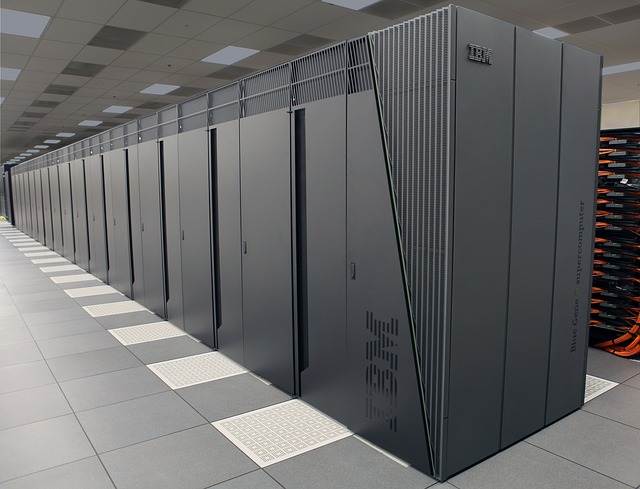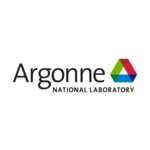
Quantum Network Between Two National Labs Achieves Record Synch
LEMONT–(BUSINESS WIRE)–A team of researchers with the Illinois‐Express Quantum Network (IEQNET) have successfully deployed a long-distance quantum network between two U.S. Department of Energy laboratories using local fiber optics.
The experiment marked the first time that quantum-encoded photons — the particle through which quantum information is delivered — and classical signals were simultaneously delivered across a metropolitan-scale distance with an unprecedented level of synchronization.
The IEQNET collaboration includes Argonne National Laboratory, Fermilab, Northwestern University and Caltech.
They showed that it is possible for quantum and classical signals to coexist across the same network fiber and achieve synchronization, both in metropolitan-scale distances and real-world conditions.
When classical computers need to execute synchronized operations and functions, like those required for security, they rely on network time protocol. This protocol distributes a clock signal over the same network that carries information, with a precision that is a million times faster than a blink of an eye.
With quantum computing, the precision required is even greater.
To assure that they get pairs of photons that are entangled — the ability to influence one another from a distance — the researchers must generate the quantum-encoded photons in great numbers.
Knowing which pairs are entangled is where the synchronicity comes in. The team used similar timing signals to synchronize the clocks at each destination, or node, across the Fermilab-Argonne network.
Precision electronics are used to adjust this timing signal based on known factors, like distance and speed, and for interference generated by the environment in the fiber optics.
Because they had only two fiber strands between the two labs, the researchers had to send the clock on the same fiber that carried the entangled photons. The way to separate the clock from the quantum signal is to use different wavelengths.
Ultimately, the two were properly assigned and controlled, and the timing signal and photons were distributed from sources at Fermilab. As the photons arrived at each location, measurements were performed and recorded using Argonne’s Superconducting Nanowire Single Photon Detectors.
The network was synchronized so accurately that it recorded only a five-trillionths-of-a-second time difference in the clocks at each location.
Such precision will allow scientists to accurately identify and manipulate entangled photon pairs for supporting quantum network operations over metropolitan distances in real-world conditions. Now the IEQNET team is preparing to perform experiments to demonstrate a process that enables entanglement between photons from different entangled pairs, thus creating longer quantum communication channels.
Contacts
Christopher J. Kramer
Head of Media Relations
Argonne National Laboratory
media@anl.gov
Office: 630.252.5580
Tracy Marc
Fermilab
media@fnal.gov
224-290-7803


